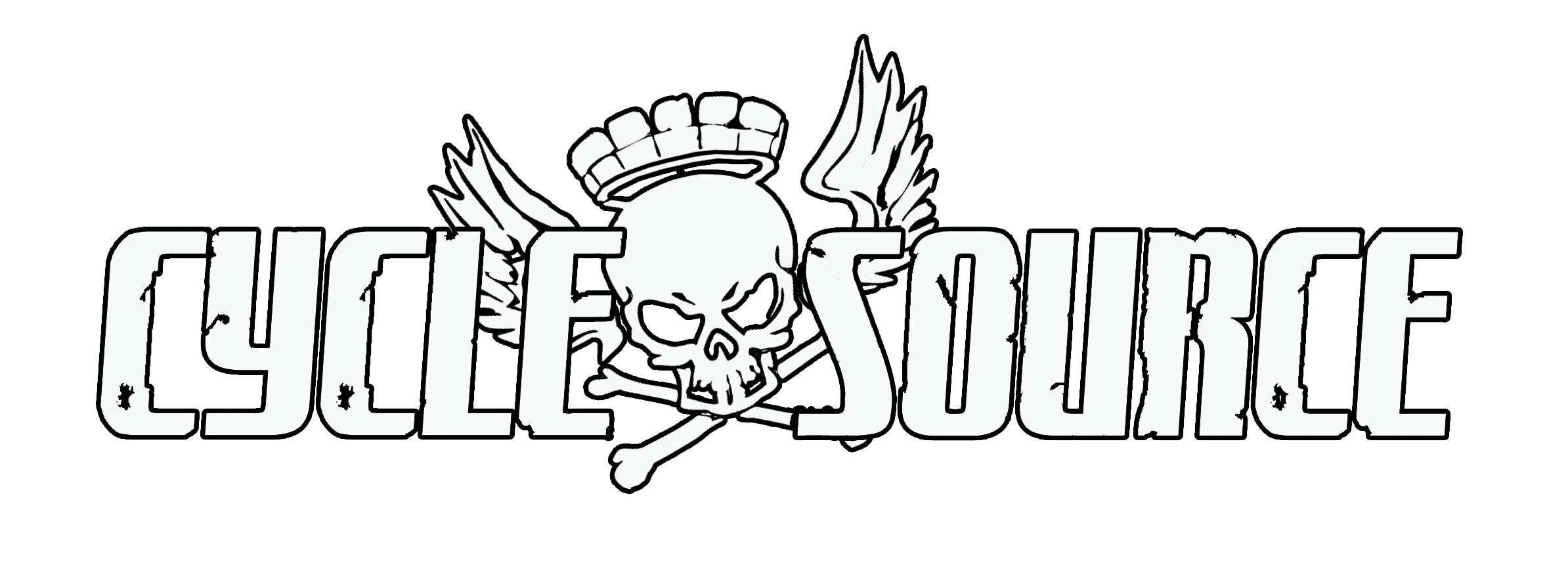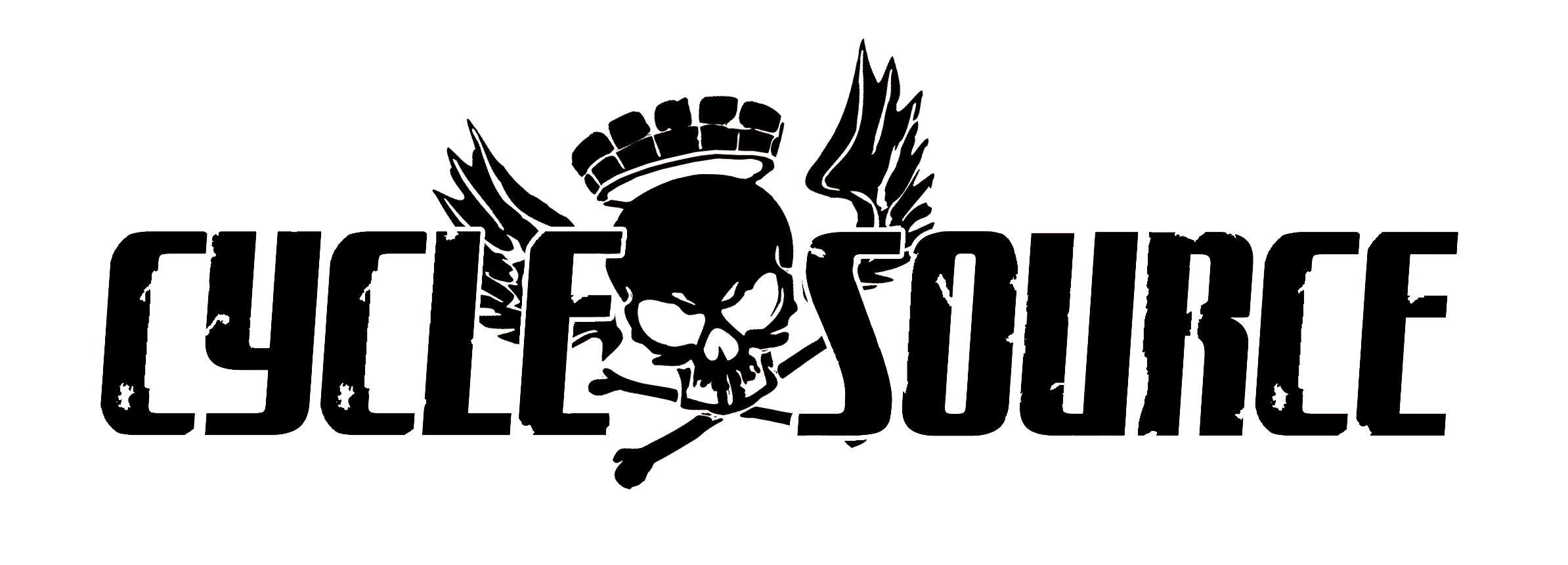To Read The Full Article, Go To www.cyclesource.com
Article By Chris Callen
Photos By: Heather Callen
Originally Published In The May 2018 Issue Of Cycle Source Magazine

Back in Nov of 2016, we were given a real treat when we made a trip to the Metzeler test track in Vizzola, Italy. The purpose of the trip was to do a direct comparison of different tires on a track where they simulate different road conditions, including rain. We did laps with one set of tires, went into the pits so the team could change them to another set and would go right back out. It was amazing how much difference we were able to identify between the two brands in a specific environment. We started with a day trip to their R & D facility in Milan, where we quickly realized that there was a whole “Science of Tires” that we never knew and that our readers would be surprised to learn about. We started the day with an overview of operations at the Metzler manufacturing model with Piero Misani an Industrial Director from Research & Development. We had some great conversation with him on micro and macroeconomics as it applies to their factories and the production of motorcycles on a global level. Piero came into the company when it was starting what he calls the revolution of technology. He was responsible for rebuilding their factory so they could make radial instead of cross ply tires. He has many hats to wear in a day but what applied for this conversation was the ability to bring a quality product to market in such competitive financial times. Like the US, Europe has had its ups and downs economically in the motorcycle business and Piero spends a lot of time making sure they are in the best position to compete with other manufacturers globally.

Believe it or not, back in 2008 and 2009 they had seen a constant decline of motorcycles in Europe. In Europe too, they are looking for more outreach to get the younger demographic involved in motorcycling. One of the hurdles they face today is that parents perceive motorcycles to be a dangerous proposition and they try to keep their kids away from them. Off Road is what is growing in Europe today. Instead of buying a motorcycle to cruise around on, that might be perceived as unsafe, they tend to buy an off-road motorcycle they put on a trailer and take to a track. This is cheap, relatively safe and the parents are happier. Our tour guides for the afternoon at their R&D facility were Diego and Luca, who 15 years ago was more involved with the car development team. However, since 2005, he has been involved with the Motorcycle Tire Development Team and responsible for racing applications. In 2012, he moved into street tires for motorcycles. We spent most of the day in the building that was their original headquarters but when the primary operation moved they found that the machinery was impossible to relocate. So, instead, they decided to make it the Research & Development facility.

Metzeler Indoor Testing Facility: Their indoor testing facility is divided into three sections with different machinery for: 1. Measuring the performance of the tire – studying its behavior under acceleration, turning & braking. 2. Design – water displacement, feedback, mileage, sound, and naturally visual appeal 3. Check for integrity – many national and international regulations must be met in manufacturing. These tests tell you what the resistance level for the tire is, and where it gets its rating. Metzeler prides itself on doing better with their testing than the minimum legal requirement.

Static Test Department: Here they deal mainly with prototypes. Every possible physical test that happens to prototypes happens in this first department. It is a research facility that is crucial in answering questions that will see a prototype along to market. In the Static Test Department, there are 80 Machines that perform over 400 different tests on prototypes. Obviously, we couldn’t spend the time to go over each one on this quick trip, so Diego selected a couple for our focus that we will share with you. Our first stop was something brand new for this facility. It was a technique that started inside and was then duplicated in the outdoor testing area. This is where they study the footprint of the tire. This is a fantastic thing to consider and something you probably rarely think of unless you work in this field or are on a race team. How do they estimate what the footprint of any given tire will be? This is the area that is actually in contact with the road under real conditions, underweight, at different speeds, etc. Unlike the outdoor testing, here they have a machine that applies a known load, with a known pressure. As their tire is rotated, the contact patch is measured with two types of instruments. One is a type of sheet that measures the shape and the contact patch shape and pressure. The second is an optical device that visually tracks the contact patch. As the test goes on, the computer screen shows the effects of increasing pressure. They add weight in steps and as it increases you can see where exactly the correct weight distribution for the tires contact patch is. They continue past that, and you can see as more weight or pressure is applied, the weight moves to the shoulder of the contact patch and becomes very uneven.

If you consider this as it applies to overloading a bike, as we all often do when we travel across country, what happens to the tire is very interesting. As the weight, or pressure as they call it in the lab, increases, so does the size of the contact patch. Now, before you think that’s a good thing and load up, it changes very fast. As the tire begins to deal with the increased pressure, the contact patch moves more to the very center, and the outside raises up and no longer touches the road surface. They call this “Abnormal Deflection” like a wave rather than steady and even deflection. This is where cupping comes into play. Whether an underinflated tire or an overloaded bike, the result is uneven wear and that’s the least of what could happen. The worst being a failure under hard steering that would separate the tire from the rim, which we have seen happen in extreme conditions. This is less likely to occur when you follow the guidelines they set forth from their testing. As a matter of fact, the load capability is only guaranteed from a manufacturer if you have the correct amount of inflation. As you can see from the images, there is no way to cheat on this as the tire will wear according to the amount of inflation it has in it. The only way to compensate for less air pressure in a tire is to decrease the load you are carrying, and that’s just plain physics across all manufacturers.

There were many testing procedures we had to skip for time; like operations that test the bead of the tire and the fitment. One test we did get to look in on was the laser identification of the dimension of the tire. This is fascinating: they can estimate the final dimension of the inflated tires as they start to design it but have no real way to predict its exact dimensions from the start. Once they get an actual prototype, they get to see what their result is. This gives them feedback so maybe they will change the angle of the carcass in the beginning if they want a different dimension on the final inflated prototype.

Handling, Handling: So, how do they determine what characterizes a tire? Well, they have a machine that looks like a giant A-Frame that holds a tire as it travels on a belt. From this, they can change everything about the contact of the tire to the surface. They can apply braking conditions, different loads, camber, and accelerations, all to create what they call the carpet of performance of the tire. Once they have that they can compare it to other tires, both in and out of their product lines. The interesting thing here is that they continually push these tires to failure. They keep the environment at identical temperatures for testing, but they do have the ability to create identical environments from anywhere in the world. This translates more into their race program, of course. While the tire is in this machine, an engineer sits in a booth where they watch a screen. A strobe light captures a static image of the tire as if it was standing still. Because of this, the technician can inspect any part of the tire without stopping the machine and interrupting the test. The tires can be spun up to 400 to 450 KPH, that’s about 281 MPH for us in the states. They do this in real time so that they can learn not only when a tire will fail, but exactly how and when it starts to fail. All of this adds up to a tire’s speed rating and what application it can be used for. It’s funny that the American standards are higher as far as braking effects on the carcass and lower as far as high-speed testing when compared to the European standards.

Handling Noise: You would think that in the arena of canceling noise, which today is a more significant demand than ever before from tires, that the smoothest and least amount of tread breaks would be the goal. Well, one of our last stops in the Static Testing Department was the sound booth where they measure the amount of audible report that comes from a tire. In this soundproof room, there are hundreds of microphones, up to 1,200 at their highest level test ever, that are all inputting data from all angles. So advanced that several Universities are often in touch with them regarding the data that they collect from this laboratory. They put one wheel of the test vehicle on a rotating drum and keep the motor off so that they only have the sound of the tire against the surface to measure. One of the biggest surprises for us was that instead of trying to bring the noise level to zero, they actually just move it around. They do this by the length and shape of each block on the tread pattern. If you think of it like a graph that tracks frequency range, one block reports to one frequency range, while another reports in a different range. By changing the size and shape of the tread blocks, they can keep the sound moving across the frequency range and not stay on any single one. This keeps the sound from resonating over one frequency range. This is a very big deal in the US market as it applies to the EPA and the need for less mechanical drivetrain noise and places where they can save noise that could then be transferred to what comes out of the exhaust pipe. So we’re gonna break this off here for this month and pick back up next issue as we head out to the Dynamic Tesing Department. Trust me you will not want to miss this as the Dynamic Department is at the outdoor track. Some of the testing on the contact patch also happens outside but in different ways. but that is a story for another issue.























